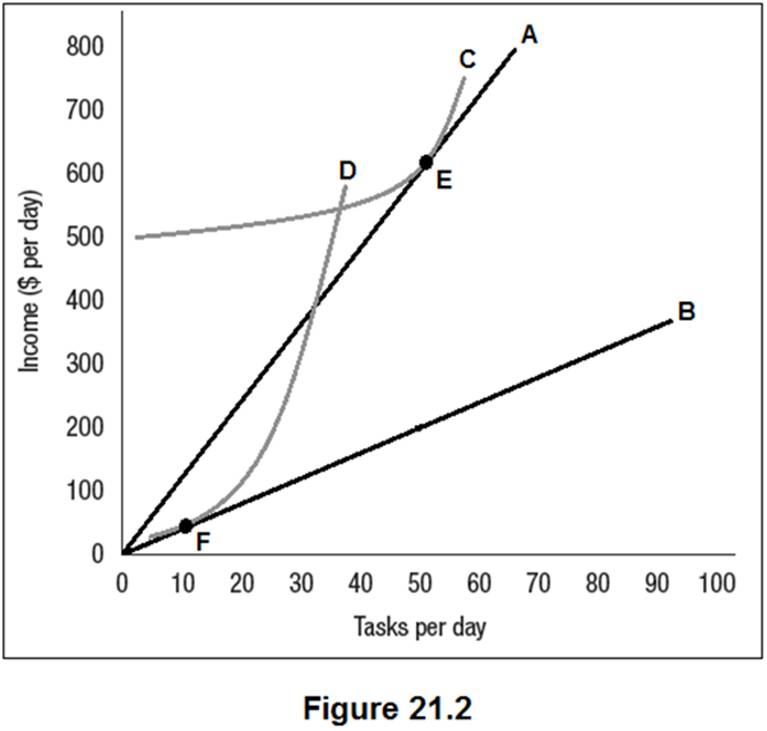Figure 21.2 shows the benefit functions for low-ability workers and high-ability workers (A and B), along with one indifference curve for each worker type (C and D). The employer cannot observe worker type directly but has created two positions, E and F, as a screening mechanism. Which of the following is true?

A. The employer will lose money on the low-ability workers hired but earn profit on the high-ability workers hired.
B. The employer will earn profit on all workers hired.
C. The employer will break even on all workers hired.
D. The employer will lose money on all workers hired.
C. The employer will break even on all workers hired.
You might also like to view...
You almost strike a child chasing a ball across the street on your way home from work. You will see the child, react, experience bodily arousal, and then recognize your emotional state of fear, according to which theory of emotion?
a. James-Lange theory b. Cannon-Bard theory c. Schachter's cognitive theory d. attribution theory
Most people with symptoms of psychological disorders never seek treatment
Indicate whether the statement is true or false.
Which of the following individuals is MOST likely to demonstrate accurate eyewitness recall?
a. George, who has been told that interrogation can create memory bias b. Paul, who is being questioned long after the event occurred c. Richard, who is 73 years old d. Stu, who is three years old e. John, who is feeling particularly confident about his memories
According to Piaget, _____________________ describe repetitive actions oriented around external objects
A) primary circular reactions B) secondary circular reactions C) tertiary circular reactions D) principle circular reactions